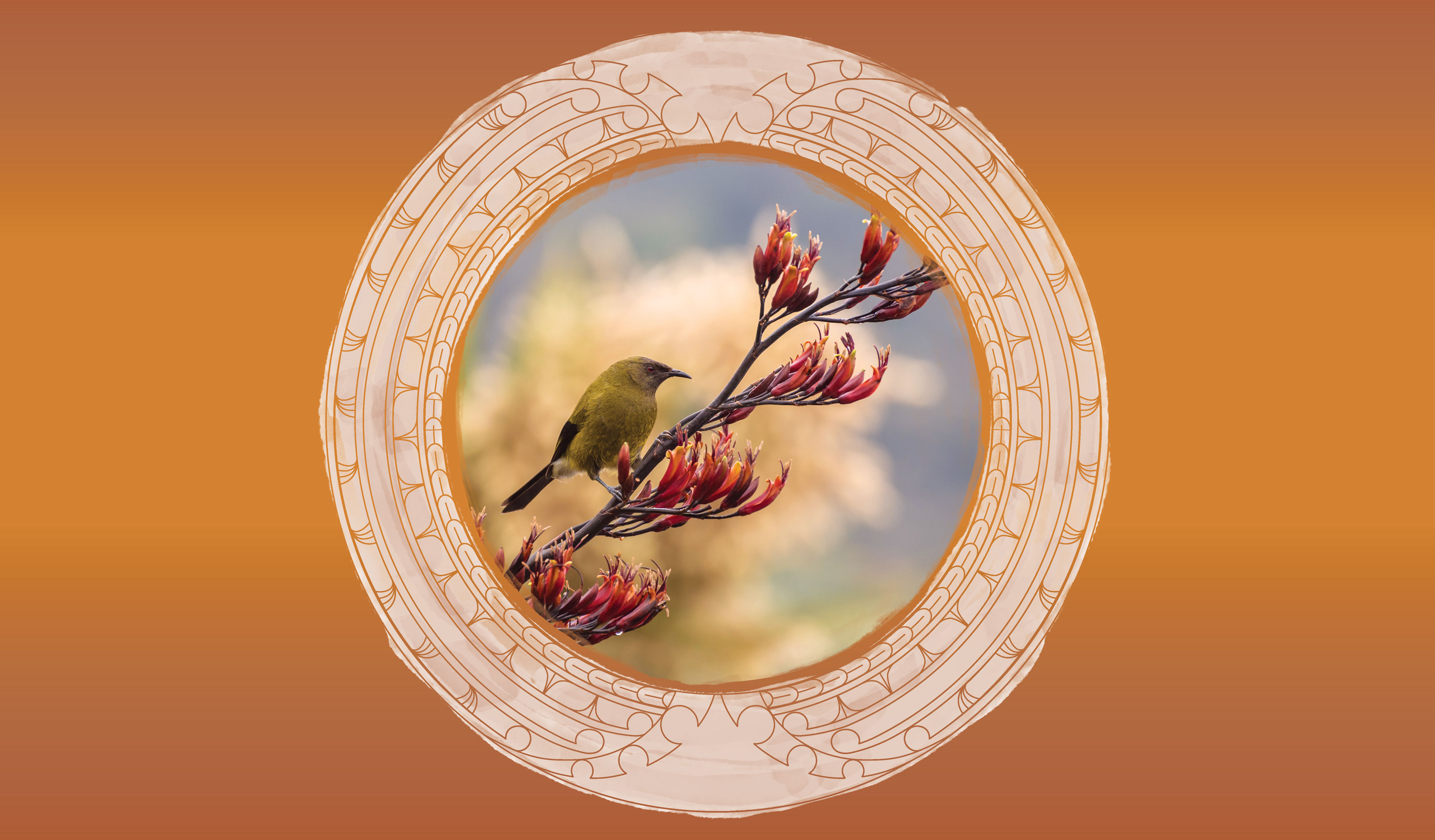1.1 Introduction
This report is about “redress” – that is, about what Aotearoa New Zealand might do to put right the profound harm that has been done to individuals, whānau, and communities through abuse in care. In our report, we have made the choice to use the reo Māori term “puretumu torowhānui”, or holistic redress, to reflect the unique Aotearoa New Zealand context in which these harms must be set right, and because some survivors felt that the term “redress” did not capture what was needed to put things right.
The abuse of children, young people and vulnerable adults in State or faith-based care in Aotearoa New Zealand since the 1950s has occurred on a scale larger than many can imagine. It has affected what could be hundreds of thousands of people. The people who have been abused in care come from all backgrounds and situations. Many have come from already disadvantaged or marginalised segments of the community – particularly from Māori whānau, Pacific families, Deaf and disabled people, children from impoverished backgrounds, and women and girls. They were abused by people that should have been caring for them, and – particularly for those abused in faith-based care – held trust and respect from the community.
The abuse experienced includes physical violence, rape and sexual violation, psychological and emotional abuse, racial abuse, religious abuse, isolation, and improper use of medical procedures – including in some cases administration of electric shocks and painful injections of sedatives as punishment. It also includes neglect, including of basic physical, emotional, cultural, spiritual, educational and medical needs.
It has caused immeasurable harm to thousands of individual survivors, to their whānau and communities, and to Aotearoa as a whole. Despite the incredible resilience of survivors, the harm continues to affect lives to this day.
Survivors have told us that nothing can completely set right this harm. But puretumu torowhānui is about taking meaningful steps towards this goal. We think the goal of puretumu torowhānui is best encapsulated by the Māori concept of te mana tangata – the respect and restoration of mana, power, dignity and standing and inherent value of those who have been affected.
Steps to achieve this will vary for different survivors, their whānau and communities. They might include an acknowledgement and apology for the abuse that occurred, either individually or as a public apology to all survivors; justice and accountability; tangible measures to make up for the tūkino, or abuse, harm and trauma, suffered, such as monetary payments and support, access to personal information, support for recovery and healing that address all aspects of a person’s oranga, or wellbeing (for example through counselling and spiritual support), support for restoration of relationships, and connection or reconnection with whakapapa and whānau; and steps to ensure that abuse cannot occur again.
In this part of the report, we look at the context in which people were placed, and abused, in care, and the impact of that tūkino on them, their whānau and their communities, so that we may understand what needs to be put right. We will consider the experiences of all survivors, while acknowledging the particular experiences of Māori, Pacific peoples, Deaf and disabled people, those in faith-based care and State care, and women and girls.
We then look at principles and values that have guided our thinking about puretumu torowhānui. In particular we look at tikanga Māori and Pacific principles and concepts of harm and restoration, as well as concepts important to disabled people and their communities. These world views not only respond to the disproportionately large numbers of Māori and Pacific and disabled people in care, but also offer us useful frameworks, applicable to all communities, for understanding harm and how to respond to it. Finally, we look at the obligations to provide puretumu torowhānui, or holistic redress, and the particular expectations that survivors and others have about what this should look like.

